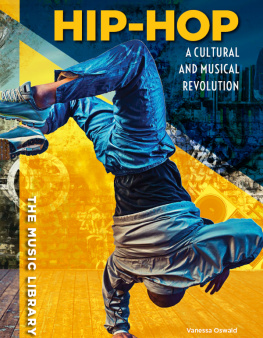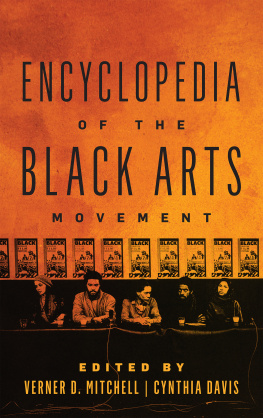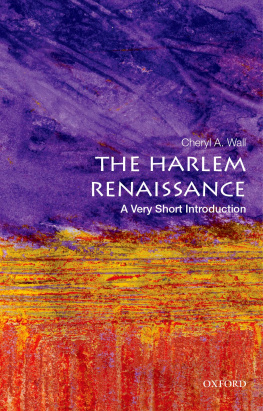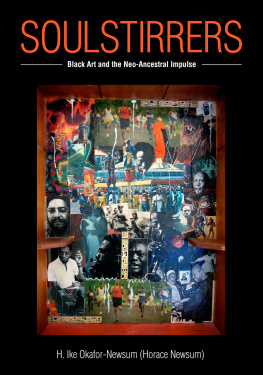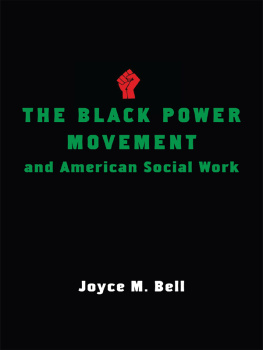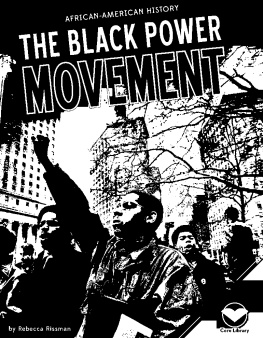
Published in 2020 by
Lucent Press, an Imprint of Greenhaven Publishing, LLC
353 3rd Avenue
Suite 255
New York, NY 10010
Copyright 2020 Greenhaven Press, a part of Gale, Cengage Learning
Gale and Greenhaven Press are registered trademarks used herein under license.
All new materials copyright 2020 Lucent Press, an Imprint of Greenhaven Publishing, LLC.
All rights reserved. No part of this book may be reproduced in any form without permission in writing from the publisher, except by a reviewer.
Designer: Deanna Paternostro
Editor: Vanessa Oswald
Library of Congress Cataloging-in-Publication Data
Names: Oswald, Vanessa, author.
Title: The Black Arts movement: creating a cultural identity / Vanessa Oswald.
Description: [First edition]. | New York: Lucent Press, 2020. | Series:
Lucent library of black history | Includes bibliographical references and index.
Identifiers: LCCN 2019018268 (print) | LCCN 2019018901 (ebook) | ISBN 9781534568549 (eBook) | ISBN 9781534568532 (library bound book) | ISBN 9781534568525 (pbk. book)
Subjects: LCSH: Black Arts movement. | Arts and society-United States-History-20th century.
Classification: LCC NX512.3.A35 (ebook) | LCC NX512.3.A35 089 2020 (print) | DDC 700.89/96073-dc23
LC record available at https://lccn.loc.gov/2019018268
Printed in the United States of America
Some of the images in this book illustrate individuals who are models. The depictions do not imply actual situations or events.
CPSIA compliance information: Batch #BW20KL: For further information contact Greenhaven Publishing LLC, New York, New York at 1-844-317-7404.
Please visit our website, www.greenhavenpublishing.com. For a free color catalog of all our high-quality books, call toll free 1-844-317-7404 or fax 1-844-317-7405.
CONTENTS
FOREWORD
F rom medicine and law to sports and literature, African Americans have played a major role in the history of the United States. However, these groundbreaking men and women often faced prejudice and persecution. More than 300 years ago, Africans were taken in chains from their home and enslaved to work for the earliest American settlers. They suffered for more than two centuries under the brutal oppression of their owners until the outbreak of the American Civil War in 1861. After the dust settled four years later and thousands of Americansboth black and whitehad died in combat, slavery in the United States had been legally abolished. By the turn of the 20th century, with the help of the 13th, 14th, and 15th Amendments to the U.S. Constitution, African American men had finally won significant battles for the basic rights of citizenship, but the fight for equality was far from over. Even after the successes of the civil rights movement, the struggle continuedand it still continues today.
Although the history of the African American experience is not always a pleasant story, it is also filled with powerful moments of positive change. These triumphs of human equality were achieved with help from brave social activists such as Frederick Douglass, Martin Luther King Jr., and Maya Angelou. They all experienced racial prejudice in their lifetimes and fought by writing, speaking, and acting against it. By exposing the suffering of the black community, they brought people together to try to remedy centuries worth of wrongdoing.
Today, it is important to learn about the history of African Americans and their experiences in modern America in order to work toward healing the divide that still exists in the United States. This series aims to give readers a deeper appreciation for and understanding of a part of the American story that is often left untold.
Even before the legal emancipation of slaves, black culture was thriving despite many attempts to suppress it. From music to language to art, slaves began cultivating an identity that was completely unique. Soon after these slaves were granted citizenship, African American culture burst into the mainstream. New generations of authors, scholars, painters, and singers were born, and they spread an appreciation for black culture across America and the entire world. Studying the contributions of these talented individuals fosters a sense of optimism. Despite the cruel treatment and racist attitudes these men and women faced, they never gave up, and they helped change the world with their determination and unique voices.
The Lucent Library of Black History offers a glimpse into the lives and accomplishments of some of the most important and influential African Americans across historical time periods and areas of interest. From the arts and sports to the military and politics, the wide variety of topics allows readers to get a full and clear picture of the successes and struggles African Americans have experienced and are continuing to experience. Titles examine primary source documents and quotes from historical and modern figures to provide an enriching learning experience for readers. With detailed timelines, unique sidebars, and a carefully selected bibliography for further research, this series gives readers the tools to independently discover historical events and figures that do not often get their time in the spotlight.
By balancing the harsh realities of the past and present with a sense of hopefulness for the future, the Lucent Library of Black History helps young people understand an essential truth: Black history is a vital part of American history.
SETTING THE SCENE: A TIMELINE
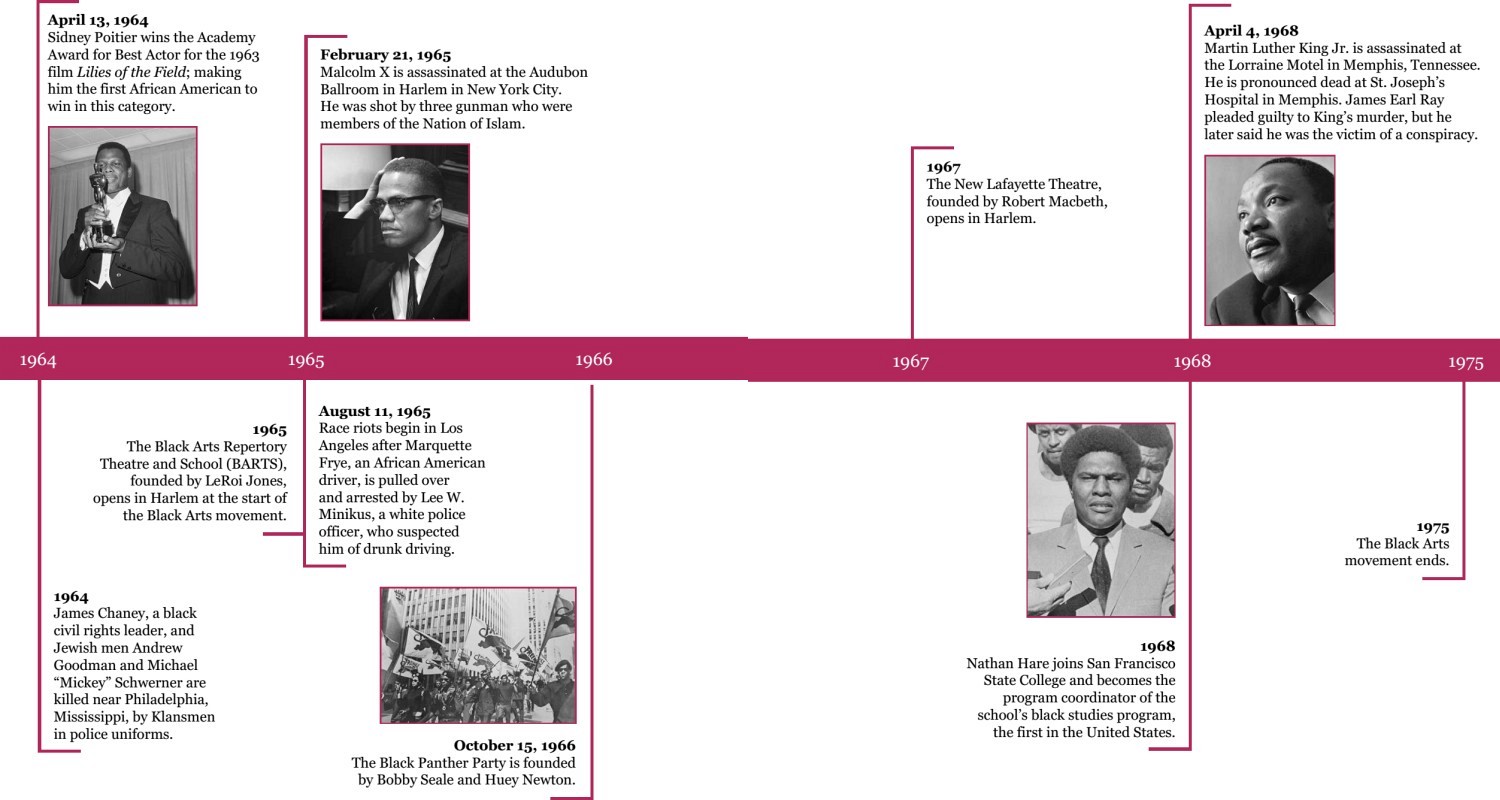
INTRODUCTION
EARLY HISTORY OF BLACK ART
T he roots leading to the creation of the Black Arts movement extend as far back as before the issuing of the Emancipation Proclamation on January 1, 1863. Slaves used their art for practical purposes and to expose the horrible conditions they were subjected to. Slave songs, or spirituals, handmade quilts, and poetry did more than express a link to slaves African past; folklore states that they may have contained coded messages encouraging slaves to quietly escape from bondage. Some stories tell of popular quilting patterns that were sometimes used as guideposts for escapees or were hung outside a slaves quarters as a signal to others looking to run away.
Before and during the American Civil War, abolitionists published slave poems in their newspapers as a way of gaining members. The poems themselves often reported the dreadful conditions of slaves, including long hours in the hot sun and daily whippings. Despite the practical and secretive nature of slave art, care had to be taken. Owners generally viewed communication between slaves as a danger to their valuable property. They also frowned on teaching slaves to read. After all, as writer and orator Frederick Douglass suggested, an educated slave would be less likely to want to remain a slave. Eventually, this could lead to more slaves participating in resistance and revolts against their masters.
Activists of the Black Arts movement, and others before its prominence who paved the way, worked tirelessly to create a world where a black persons voice could be heard and taken seriously among white people. One crucial activist who voiced his opinions on the treatment and future of black people was a man by the name of Malcolm Little, known to most as Malcolm X.
Starting a Cultural Revolution
The day Malcolm X died marked the birth of the Black Arts movement. On Sunday, February 21, 1965, the former convict and controversial civil rights icon Malcolm X was scheduled to speak at New York Citys Audubon Ballroom. Only a week before, Malcolm Xs family home had been firebombed; his pregnant wife, Betty, and four young children barely escaped with their lives. For two years, Malcolm X had told the media that his life was in grave danger, yet the outspoken leader refused to back down.
Next page

